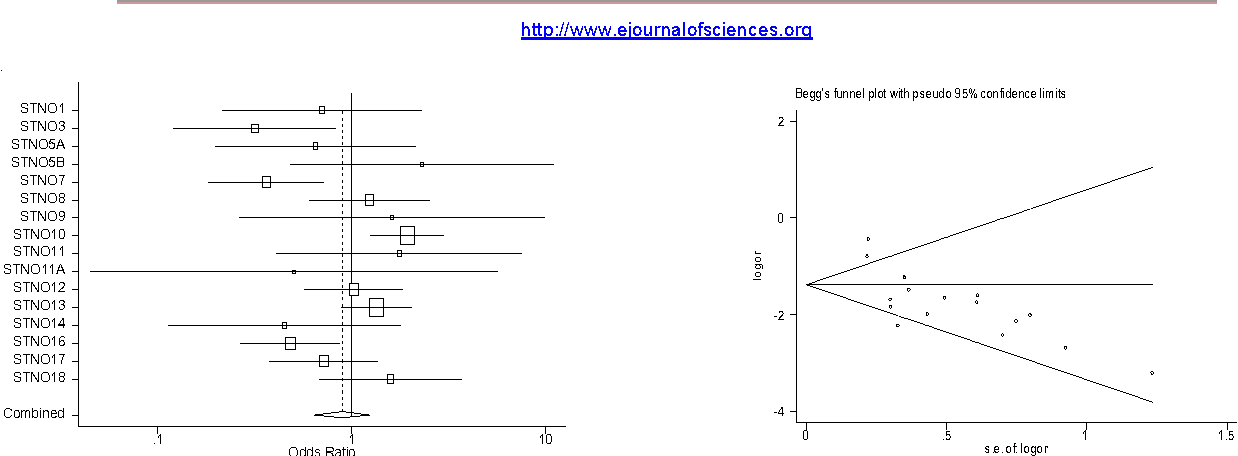
5, 6, 7, 8 Another concern of the conventional methods is that the log odds ratio and log risk ratio are either infinite or undefined if no event occurred in one or both treatment arms. Previous studies have demonstrated that conventional meta-analysis methods are not suitable when applied to the rare events studies, because they are mostly based on large-sample theories to make inferences. 2, 3 However, there are potential methodological challenges for meta-analyses of adverse events due to sparse outcome data. Meta-analysis can integrate quantitative information from multiple clinical trials to provide a more reliable and powerful assessment, which can be used to underpin guidelines, aid patients’ decision-making, and validate healthcare products. 1 Adverse events caused by side effects of new drugs are often rare thus, it is hard to accurately estimate their rates in a single study. In pharmaceutical industry, it is important to evaluate drug safety during drug development and after approval. The exact and Bayesian methods are highly recommended, except when none of the included studies have an event in one or both treatment arms. The Peto and other conventional methods with continuity correction should be avoided when the proportion of DZS is extremely high. To utilize all available information and reduce research waste and avoid overestimating the effect, meta-analysts should incorporate DZS, rather than simply removing them. In contrast, the agreement coefficients only decreased slightly among the Bayesian, exact, and Peto methods and the inverse-variance and Mantel–Haenszel methods using the EMP correction.

For the Bayesian, exact, and Peto methods and the inverse-variance and Mantel–Haenszel methods using the EMP correction, their agreement coefficients with the inverse-variance and Mantel–Haenszel methods using a constant 0.5 and TACC decreased from larger than 0.70 to smaller than 0.30.

However, when this proportion was increased to be over 50%, the agreement among the methods decreased to different extents.

When the proportion of DZS studies was lower than 50% in a meta-analysis, different methods had moderately high agreement. Three continuity corrections, including the correction of a constant 0.5, the treatment arm continuity correction (TACC), and the empirical (EMP) correction, were used to handle DZS when applying inverse-variance and Mantel–Haenszel methods. The agreement of five commonly used methods (i.e., the inverse-variance, Mantel–Haenszel, Peto, Bayesian, and exact methods) was assessed using the Cohen’s κ coefficients using 368 meta-analyses with rare events selected from the Cochrane Database of Systematic Reviews.

Several statistical methods have been proposed, but the agreement among different approaches has not been systematically assessed using real-world published systematic reviews. However, it is unclear how best to deal with studies with zero events such studies are also known as double-zero-event studies (DZS). Meta-analysis combines multiple independent studies, which can increase power and provide better estimates.


 0 kommentar(er)
0 kommentar(er)
